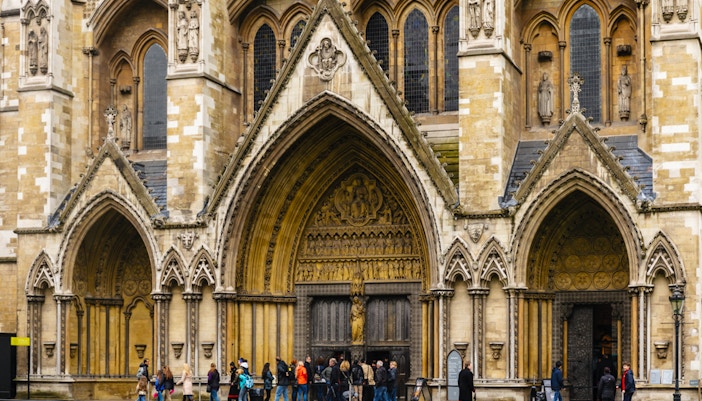Despite its name, Westminster Abbey is no longer truly an abbey. Since the 16th century, it has been a Royal Peculiar, meaning it’s directly under the monarch’s authority. This unusual status ties it uniquely to royal events, state ceremonies, and national traditions.









